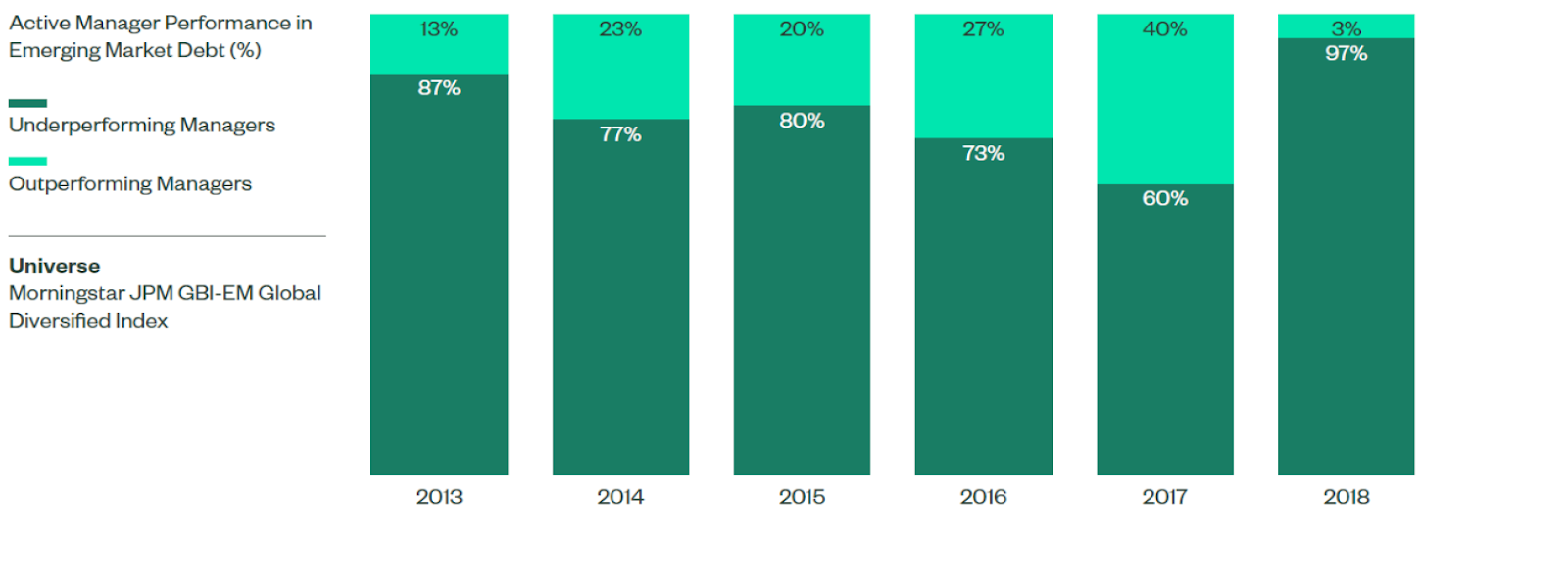
The global exchange traded funds (ETFs) market currently holds about US$5.8 trillion in assets. By the end of 2020, global ETF assets could reach US$7.6 trillion. As the explosive growth of ETFs continues its upwards trajectory, fixed income ETFs are becoming increasingly popular. Globally, fixed income ETF assets have already surpassed the $1 trillion mark. According to data from ETFGI, a leading independent research and consultancy firm covering trends in the global ETF ecosystem, the fixed income category is also growing at a 3-year compound annual growth rate (CAGR) of 21% compared to the 17% CAGR for equities.
Yet, several misconceptions about fixed income ETFs continue to persist. With that in mind, Syfe partnered with State Street Global Advisors, issuer of Singapore’s most popular SPDR Straits Times Index ETF to unravel the myths behind fixed income ETFs and showcase why they are an essential addition to your portfolio.
The session was jointly presented by Mr Mun Fai Cheong, Vice President at State Street Global Advisors and Mr Dhruv Arora, founder and CEO of Syfe. Held at Distrii, around 100 people attended the seminar and engaged in a lively discussion with Mun Fai and Dhruv during the Q&A session afterwards.
The following is a brief summary of the 6 ETF myths debunked during the seminar, based on materials provided by State Street Global Advisors.
Fiction 1: The fixed income ETF market has become so large that it distorts the bond market.
Fact 1:
- Fixed income ETFs only represent 1.5% of the total investable fixed income universe. As such, their influence on prices remains limited.
Fiction 2: Fixed income ETFs are not sufficiently liquid, and investors can run into trouble when many try to redeem at the same time.
Fact 2:
- Some investors fear that volatile markets may strangle a fixed income ETF’s liquidity. In reality, a fixed income ETF’s liquidity is at least as liquid as the underlying market that it tracks.
- The fixed income ETF market has a two-tier liquidity system, the primary market and secondary market. The primary market is where ETF shares are created and redeemed, and the secondary market is where ETF shares are listed and traded on exchanges.
- Because investors can trade in both the primary and secondary market, fixed income ETFs can provide greater liquidity compared to bond investing via actively managed unit trusts for instance.

Fiction 3: Using a fixed income ETF means the investor is overweight the most indebted and therefore the riskiest companies.
Fact 3:
- Companies with a higher level of debt aren’t always riskier than companies with less debt, nor do they have less capacity to pay. Companies which issue large amounts of debt tend to have substantial asset and revenue streams.
- Apple was ranked 8th in terms of debt issued within the Bloomberg Barclays US Corporate Bond Index. Apple is clearly indebted, but no one will doubt their ability to pay and service the debt on their balance sheet.
- In fact, credit rating agencies also consider factors beyond debt level.
- What’s more, the top 10 issuers of debt within the Bloomberg Barclays US Corporate Bond Index had over US$1 trillion in sales in 2018, over US$11 trillion in assets, and a combined market value of US$3.7 trillion.

Fiction 4: Fixed income ETFs underperform active managers when markets are volatile.
Fact 4:
- Over the past 25 years (which includes the 2000 tech bubble and 2008 financial crisis), index-based fixed income investments outperformed, on average, 77% of active managers.
- The reality is that active fund managers usually fail to beat their index targets over the long term once investment costs are factored in.
Fiction 5: Fixed income ETFs are only useful for the largest, most straightforward bond exposures. For niche areas, such as emerging market debt, active managers provide a better return.
Fact 5:
- The majority of active managers in the emerging market debt space fail to outperform their benchmarks over the longer term.
- While skilled fund managers may be able to outperform in a single year, replicating that feat year after year is hard. It is nearly impossible for active managers to consistently identify and extract value, and avoid weak segments of the emerging market.

Fiction 6: Index investing doesn’t work for bonds because there are too many bonds to index efficiently.
Fact 6:
- Some investors feel that fixed income ETF investing is not efficient due to the sheer number of bonds in an index. However, a fixed income ETF manager’s primary aim is to track his index’s return with as minimal tracking error as possible. His objective is not to hold every single bond in the index.
- Fixed income ETF managers generally use two approaches to ensure tracking error remains tight.

As both equity and fixed income ETFs become more popular, it will be increasingly important for investors to discern ETF facts from fiction. Cost efficient, liquid, and transparent investments, ETFs are an easy and effective means of deploying a passive investing strategy.
To get started on your own passive investing journey, click here to view a suitable ETF portfolio for your investment goals and risk profile.



You must be logged in to post a comment.